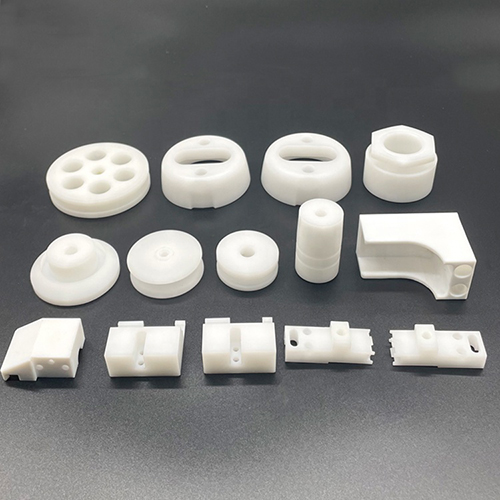Injection molding is an important plastic manufacturing process. It's also a very cost-effective process, as compared to other materials like steel and stainless steel. Moreover, thermoplastics are light and fuel-efficient, and they can withstand extreme temperatures. A thermoplastic injection mold can be used for a variety of applications, and a professional company should be able to meet your specifications.
Thermoplastic injection molding is a versatile process that produces a variety of finished parts with excellent surface finishes. This process is suitable for small batch runs, prototypes, and high-volume productions. The process can also be used for rough-finish plastic parts. The advantages of thermoplastic injection molding include flexibility, precision, and low production costs.
Among the most commonly used thermoplastics is polyethylene. It has the advantage of being impact-resistant and dimensionally stable, and can be reused repeatedly. It is used in construction, medical devices, and high-tech products. Another popular thermoplastic is ABS/PC injection molding thermoplastic, which is a blend of ABS and PC. Both polymers have great mechanical properties, and their combined use makes it a popular choice for injection molding.
Thermoplastic injection molding is different from thermoset injection molding, which is used to produce parts with flexible surfaces. Thermoplastics can be reheated or cooled multiple times, while thermosets cannot. Thermoplastics have better flexibility and a high degree of dimensional stability.
Thermoplastic injection molding is the most popular plastic processing method. It can produce a wide variety of products in large quantities. Its versatility allows for small and large-scale series production, and its ability to recycle plastic makes it a popular choice for many manufacturers. However, it is vital to choose a high-quality thermoplastic injection mold for your project in order to get the best results and minimize expenses.
Thermoplastic injection molding is an ideal process for creating fully functional parts. It is a reversible process that allows pellets of plastic to be molded into the desired shape and hardened instantly. The advantages of thermoplastic injection molding include high-quality parts and improved surfaces and finishes. The process is ideal for large-scale production and prototyping.
